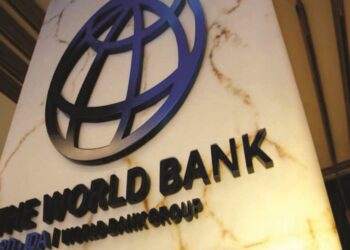Global oil prices tracked by Brent futures have fallen to $71 per barrel, remaining below the $75 threshold after Saudi Arabia’s oil giant, Aramco, cut prices for its Asian customers.
Aramco’s reductions for Asian buyers are deeper than expected, following OPEC’s delay in controlling production, which is adding pressure to efforts to stabilize prices.
For January, Aramco set the price of its key Arab Light crude grade at a premium of 90 cents per barrel above the regional benchmark.
The company has also reduced prices for markets in northwestern Europe and the Mediterranean but has kept prices for North America unchanged.
Despite these adjustments, Aramco remains a dominant force in the global oil market, ranking as the fourth-largest company in the world by revenue, with an impressive $494 billion in 2024.
Backstory
Crude oil prices have dropped nearly 9% from an October high of $80.35 per barrel, with Brent crude struggling to stay above $75 as OPEC downgraded its global oil demand forecast for the fourth time.
- On October 14, OPEC reduced its 2024 global oil demand growth estimate to 1.93 million barrels per day (bpd), down from the previous forecast of 2.03 million bpd.
- The organization also lowered its 2025 demand growth forecast to 1.54 million bpd, down from 1.64 million bpd.
- Since these revisions, OPEC has struggled to keep global oil prices above $75 per barrel.
- A London-based commodity analyst noted that OPEC is now focused on maintaining Brent crude prices above $70, despite weak demand from China.
“With China’s crude demand still low, OPEC’s efforts are only managing to hold the Brent price floor at $70,” the analyst said.
Amid declining demand, Saudi Aramco, the state-owned oil producer, has begun cutting oil prices for its Asian customers after OPEC delayed any plans to increase output.
Market trends
In 2024, crude oil prices have struggled to sustain a long-term upward trend, reflecting a prolonged market dip that has carried over from the previous year.
- The year began with Brent futures at $80.55 per barrel, buoyed by a modest uptrend that persisted through April.
- However, bearish pressure started to mount in May, as Brent crude traded at higher volumes—6.4 million units—but failed to sustain its gains.
- With the exception of a modest positive close in June, the period from July to September saw steady declines, culminating in a September close of $71.70 per barrel.
- Despite a brief recovery in October, OPEC’s revised forecast on October 14 likely reignited bearish momentum, pushing prices down to $71.89 by November 12.
A price reduction by state-owned producer Saudi Aramco in Asia is likely contributing to the fall of oil prices to $71.89 per barrel.





















